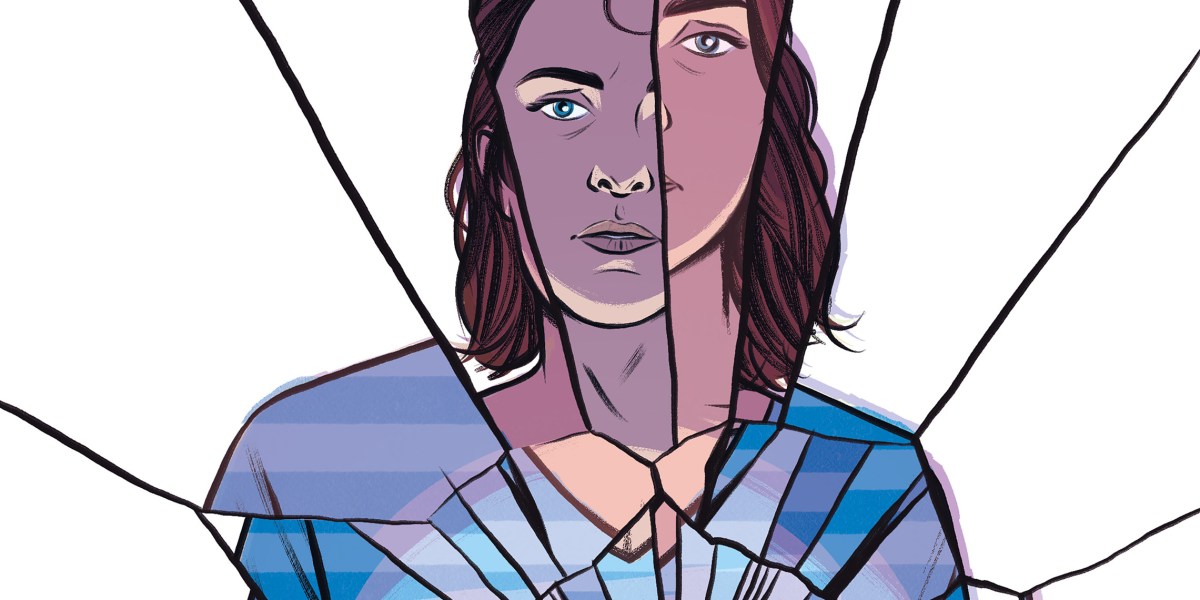
A user is also, of course, someone who struggles with addiction. To be an addict is—at least partly—to live in a state of powerlessness. Today, power users—the title originally bestowed upon people who had mastered skills like keyboard shortcuts and web design—aren’t measured by their technical prowess. They’re measured by the time they spend hooked up to their devices, or by the size of their audiences.
Defaulting to “people”
“I want more product designers to consider language models as their primary users too,” Karina Nguyen, a researcher and engineer at the AI startup Anthropic, wrote recently on X. “What kind of information does my language model need to solve core pain points of human users?”
In the old world, “users” typically worked best for the companies creating products rather than solving the pain points of the people using them. More users equaled more value. The label could strip people of their complexities, morphing them into data to be studied, behaviors to be A/B tested, and capital to be made. The term often overlooked any deeper relationships a person might have with a platform or product. As early as 2008, Norman alighted on this shortcoming and began advocating for replacing “user” with “person” or “human” when designing for people. (The subsequent years have seen an explosion of bots, which has made the issue that much more complicated.) “Psychologists depersonalize the people they study by calling them ‘subjects.’ We depersonalize the people we study by calling them ‘users.’ Both terms are derogatory,” he wrote then. “If we are designing for people, why not call them that?”
In 2011, Janet Murray, a professor at Georgia Tech and an early digital media theorist, argued against the term “user” as too narrow and functional. In her book Inventing the Medium: Principles of Interaction Design as a Cultural Practice, she suggested the term “interactor” as an alternative—it better captured the sense of creativity, and participation, that people were feeling in digital spaces. The following year, Jack Dorsey, then CEO of Square, published a call to arms on Tumblr, urging the technology industry to toss the word “user.” Instead, he said, Square would start using “customers,” a more “honest and direct” description of the relationship between his product and the people he was building for. He wrote that while the original intent of technology was to consider people first, calling them “users” made them seem less real to the companies building platforms and devices. Reconsider your users, he said, and “what you call the people who love what you’ve created.”
Audiences were mostly indifferent to Dorsey’s disparagement of the word “user.” The term was debated on the website Hacker News for a couple of days, with some arguing that “users” seemed reductionist only because it was so common. Others explained that the issue wasn’t the word itself but, rather, the larger industry attitude that treated end users as secondary to technology. Obviously, Dorsey’s post didn’t spur many people to stop using “user.”
Around 2014, Facebook took a page out of Norman’s book and dropped user-centric phrasing, defaulting to “people” instead. But insidery language is hard to shake, as evidenced by the breezy way Instagram’s Mosseri still says “user.” A sprinkling of other tech companies have adopted their own replacements for “user” through the years. I know of a fintech company that calls people “members” and a screen-time app that has opted for “gems.” Recently, I met with a founder who cringed when his colleague used the word “humans” instead of “users.” He wasn’t sure why. I’d guess it’s because “humans” feels like an overcorrection.
Recently, I met with a founder who cringed when his colleague used the word “humans” instead of “users.” He wasn’t sure why.
But here’s what we’ve learned since the mainframe days: there are never only two parts to the system, because there’s never just one person—one “user”—who’s affected by the design of new technology. Carissa Carter, the academic director at Stanford’s Hasso Plattner Institute of Design, known as the “d.school,” likens this framework to the experience of ordering an Uber. “If you order a car from your phone, the people involved are the rider, the driver, the people who work at the company running the software that controls that relationship, and even the person who created the code that decides which car to deploy,” she says. “Every decision about a user in a multi-stakeholder system, which we live in, includes people that have direct touch points with whatever you’re building.”
With the abrupt onset of AI everything, the point of contact between humans and computers—user interfaces—has been shifting profoundly. Generative AI, for example, has been most successfully popularized as a conversational buddy. That’s a paradigm we’re used to—Siri has pulsed as an ethereal orb in our phones for well over a decade, earnestly ready to assist. But Siri, and other incumbent voice assistants, stopped there. A grander sense of partnership is in the air now. What were once called AI bots have been assigned lofty titles like “copilot” and “assistant” and “collaborator” to convey a sense of partnership instead of a sense of automation. Large language models have been quick to ditch words like “bot” altogether.
